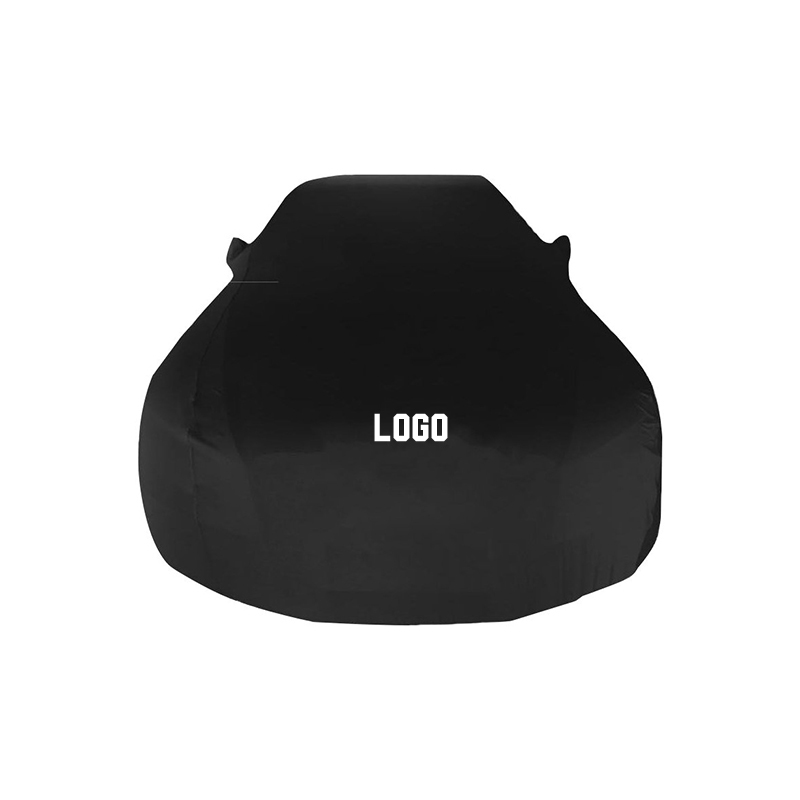Rust is one of the most common concerns for car owners. Whether you live in a coastal area with high humidity or a region where snow and salt are used to treat roads in the winter, rust can significantly affect your car’s longevity, safety, and aesthetic appeal. But how long does it take for a car to rust, and what factors influence this process? In this article, we’ll delve into the science of rusting, the variables at play, and practical tips for preventing rust on your car.
What is Rusting?
Rusting, also known as corrosion, is a natural process that occurs when iron or steel reacts with oxygen and moisture. When metal parts on your car come into contact with water, air, and other corrosive substances (such as salt), a chemical reaction occurs that creates iron oxide, commonly known as rust. Over time, rust weakens the metal, which can compromise your car’s structural integrity.
How Long Does It Take for a Car to Rust?
The time it takes for a car to rust varies widely depending on several factors. There is no fixed timeline for rust to appear on a car, but we can break it down into approximate stages:
1. Initial Corrosion (0–2 Years)
Timeframe: 6 months to 2 years.
Cause: New cars are designed with coatings and treatments that help protect against rust, but environmental factors can still cause surface corrosion. Minor scratches or chips in the paint can expose the metal underneath to air and moisture, starting the oxidation process.
At this stage, you may notice small spots or patches of rust on the undercarriage, wheel wells, or areas where the car has been damaged. These areas are often the first to show signs of corrosion because they are exposed to the elements and salt from the road.
2. Visible Rusting (2–5 Years)
Timeframe: 2 to 5 years.
Cause: If untreated, the exposed metal starts to corrode further, creating visible rust spots. Areas that are frequently exposed to water, salt, and mud, such as the undercarriage, door bottoms, and wheel arches, begin to show more severe signs of rusting. If you live in a region with cold winters where roads are salted, this process may happen more quickly.
Rust may start appearing under the paint in small, blister-like formations. These spots might be easy to ignore initially, but they are the beginning of a much larger issue. At this stage, the rust is often superficial, but if not addressed, it can spread rapidly.
3. Advanced Corrosion (5–10 Years)
Timeframe: 5 to 10 years.
Cause: Without proper treatment or regular maintenance, rust can eat deeper into the body panels and frame of the car. This stage sees the formation of holes or cracks in the metal, especially in vulnerable areas like the fenders, wheel arches, and chassis. Rust may also affect vital mechanical components, like suspension parts and brake lines, posing serious safety risks.
By this stage, the vehicle’s appearance will be visibly compromised, with large areas of rust visible across the body. Depending on the severity, repairing the car may require extensive work, such as cutting out rusted sections and replacing them with new metal.
4. Severe Corrosion (10+ Years)
Timeframe: 10+ years.
Cause: If a car has been left untreated for many years, rust can significantly weaken the vehicle’s frame and major components. In extreme cases, the car might be deemed unsafe to drive due to the structural damage caused by rust. Components like the exhaust system, shock absorbers, or suspension may start falling apart.
Key Factors That Affect the Rusting Process
The time it takes for a car to rust depends on a combination of environmental, mechanical, and maintenance factors. Some cars might rust faster than others based on:
1. Climate and Geography
Coastal Areas: Saltwater is a key contributor to rust. Living near the ocean exposes your car to salt in the air and water, speeding up the rusting process.
Cold Climates: In snowy regions, road salt used to melt ice accelerates rust, particularly on the undercarriage.
Humid or Wet Areas: Continuous exposure to moisture (rain, dew, etc.) will also accelerate the rusting process.
2. Vehicle Type and Construction
Material Used: Cars made from lower-quality steel or older vehicles with less protective coating are more susceptible to rust. Modern cars often use galvanized steel and other rust-resistant materials.
Undercarriage Design: Cars with a low undercarriage are more likely to collect dirt and water, leading to rust over time.
Body Type: Some car types, like trucks or off-road vehicles, may experience more rust due to the higher exposure to dirt, mud, and moisture.
3. Vehicle Usage and Maintenance
Washing: Regular car washing, especially in winter months, helps remove road salt, dirt, and debris that can contribute to rust. Rust-resistant coatings like undercoating sprays can also help.
Repairs: Fixing any scratches, dents, or chips in the paint promptly can prevent moisture from reaching the metal underneath.
Storage: Storing your car in a garage or covered space can protect it from direct exposure to harsh weather conditions and reduce the chances of rust forming.
Preventing Car Rust
While rust is inevitable over time, there are steps you can take to slow down or even prevent the process:
Wash Your Car Regularly: Especially in winter, washing your car frequently helps remove road salt, dirt, and other contaminants that accelerate rust.
Apply Rust-Resistant Coatings: Many car dealerships offer rust protection packages, and DIY rustproofing sprays are available for applying to vulnerable areas.
Inspect and Repair Damage: Keep an eye out for paint chips or scratches, especially in areas prone to rust. Touch up any exposed metal to prevent rust from starting.
Undercoating: If you live in a region with harsh winters, consider having your car’s undercarriage professionally undercoated to create a protective barrier against moisture.
Regular Maintenance: Routine maintenance, such as checking the wheel wells, undercarriage, and other vulnerable areas, can help identify early signs of rust so it can be addressed before it becomes a bigger issue.
Repairing Rusted Cars
If you discover rust on your car, acting quickly is crucial to prevent further damage. There are several ways to repair rust:
Surface Rust: For minor surface rust, you can often remove it with sandpaper or a wire brush, then apply a rust converter and touch-up paint.
Structural Rust: For deeper rust, especially on the frame or undercarriage, professional repair is often required. This may involve cutting out rusted sections and welding in new metal.
Rust Treatment Services: Some auto body shops specialize in rust treatment, including applying coatings that prevent further rust formation.
Conclusion
The time it takes for a car to rust varies, but it generally begins as early as 6 months to 2 years if left unprotected. Factors such as climate, geography, vehicle type, and maintenance all influence the speed of rusting. By taking preventive measures and addressing small rust spots early on, you can significantly extend the lifespan of your vehicle and avoid costly repairs down the line. Regular maintenance and vigilance are key to keeping your car in top shape and rust-free for as long as possible.

 English
English Español
Español عربى
عربى русский
русский +86-13071889821/13757104168
+86-13071889821/13757104168












